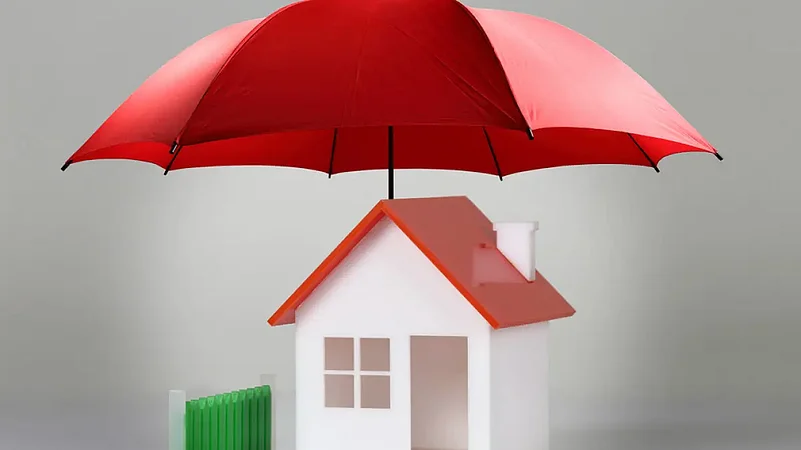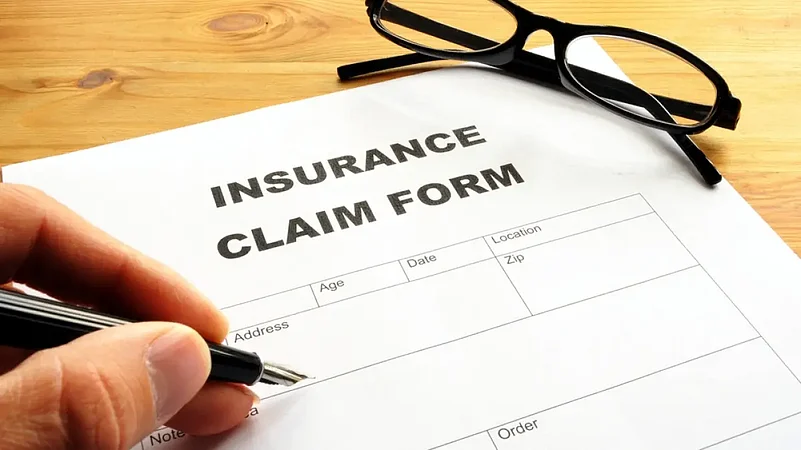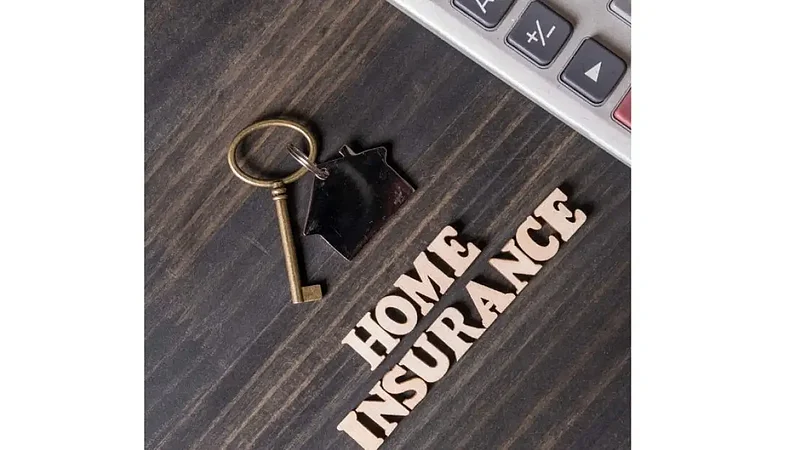Owning a property is like a dream for many Indians. However, to translate that into reality requires hard work, diligence, and financial commitment. As a first-time home buyer, you need to be extra careful and have an in-depth understanding of the processes involved. In all the excitement of buying a house, you must not overlook one of the most important aspects of homeownership--home insurance. A home insurance policy ensures that you stay financially stable in the case of damage to your property or valuable possessions inside. It is, therefore, always advisable to get your home insured.
Since there are multiple factors to consider while choosing the right insurance policy, there are a few aspects you must know about before selecting one.
Advertisement
Understand What Your Home Insurance Covers
Home insurance is a type of property insurance that provides coverage for the house structure and its content against unforeseen loss or damage. Home insurance coverage can be bought by home owners (for their own house) and tenants residing in rented houses. In India, there are two types of coverage available. Structure insurance, which covers losses arising from structural damage to the house due to natural calamities, and content insurance, which covers the loss or damage to the contents of a house, like damage to electronics, jewelry, furniture, etc. However, the amount of coverage you need depends on factors like your location and home type.
Advertisement

Home Location: The location of your home can influence the type of coverage you need.For example, if your home is near the sea, you need protection for your electronic appliances that get easily damaged due to corrosion. Similarly, a natural calamity-prone region is often affected by earthquakes, cyclones, or floods. In that case, you need to ensure that structural and content damage are covered.
Insurance Coverage Changes Depending On The Type Of Home: If you are insuring a vacation home, Apartment, plot, bungalow, or rental property; coverage can differ as there are different risk factors associated with every type of home.
So, choose a suitable insurance policy keeping these factors in mind.
Give the correct information.
When you apply for insurance, it is important to provide accurate information about your property and the content inside your home. For instance, mentioning the level/floor of the property, accurate buildup area, building/floor plan, number of white goods, and details of valuable jewellery will allow the insurer to assess the right coverage and offer the best protection. Many claims are declined, and policies are cancelled because of incorrect information.
You Know What Is Not Covered?
Knowing what is not covered in your home insurance policy is crucial. Always check for exclusions in your policy so that you pass the home insurance claims process smoothly. Many insurance policies list specific types of damage that they do not cover, such as intentional destruction of property, loss and damage caused by war, volcanic upsurge, seepage losses, and contamination damage. If there are any exclusions that you would like to have in your policy, you must get add-on coverage if available.
Advertisement
Enhance Your Cover With Add-Ons
Add-on coverage will help you in areas that your standard home insurance plan may not cover. Comprehensive home insurance coverage coupled with add-on coverage tailored to your requirements is all you need to ensure your dream home is well secured. Some of the add-on covers include protection for portable electronic equipment such as cameras, audio-visual, diagnostic and medical equipment, jewellery and valuables, terrorism, loss of rent and more. You can also protect your premises against burglary and housebreaks with specially designed add-on covers.
Documents Required for Claim Processing
Filing a claim is an essential step to recovering from a loss. When the time comes to report a claim, be sure you have all the information and other specifications about your home on hand and ready to pass along. While filing a claim, it is essential to remember that giving insufficient or incorrect information can get your claims delayed or rejected. A duly filled-in claim form, building plan, FIR or fire brigade report in case of theft or loss, bills/receipts, KYC documents, and a cancelled cheque for receiving claim amount electronically are a few of the documents you might need depending on the type of claim. This will also ensure a smooth claim process.
Advertisement
Buying a home might be one of the most significant investments of your life, but home insurance is not the first coverage on most people's lists. Remember, home insurance acts as an important backup in case things go wrong. And with growing uncertainty, purchasing home insurance becomes a future investment that will protect you from any substantial financial setback.

The author is the CEO of Reliance General Insurance Company.
(Disclaimer: Views expressed are the authors own, and Outlook Money does not necessarily subscribe to them. Outlook Money shall not be responsible for any damage caused to any person/organisation directly or indirectly.)















 Just one email a week
Just one email a week